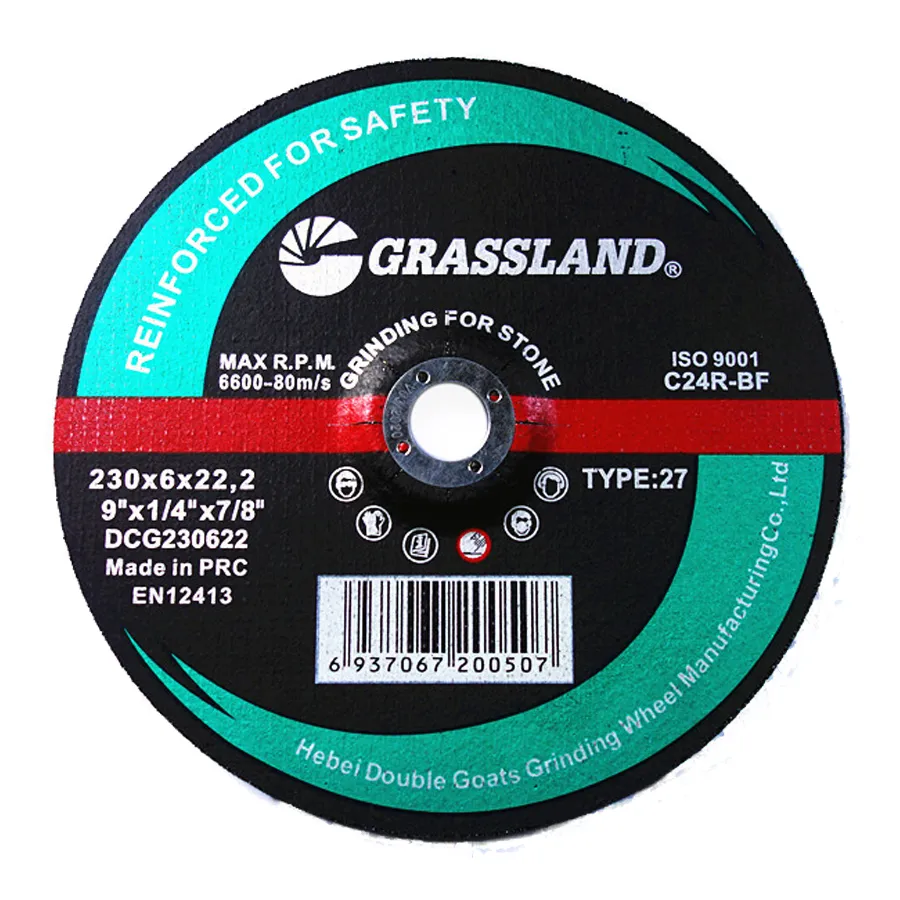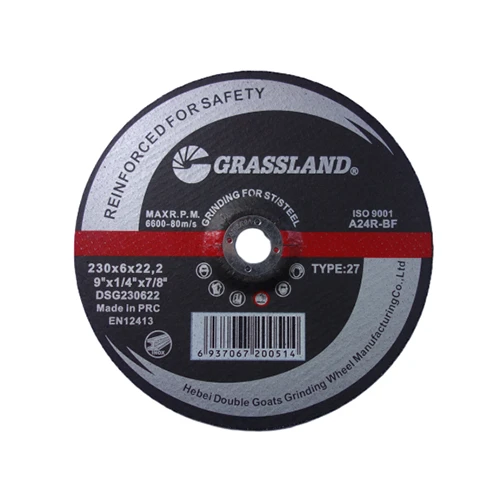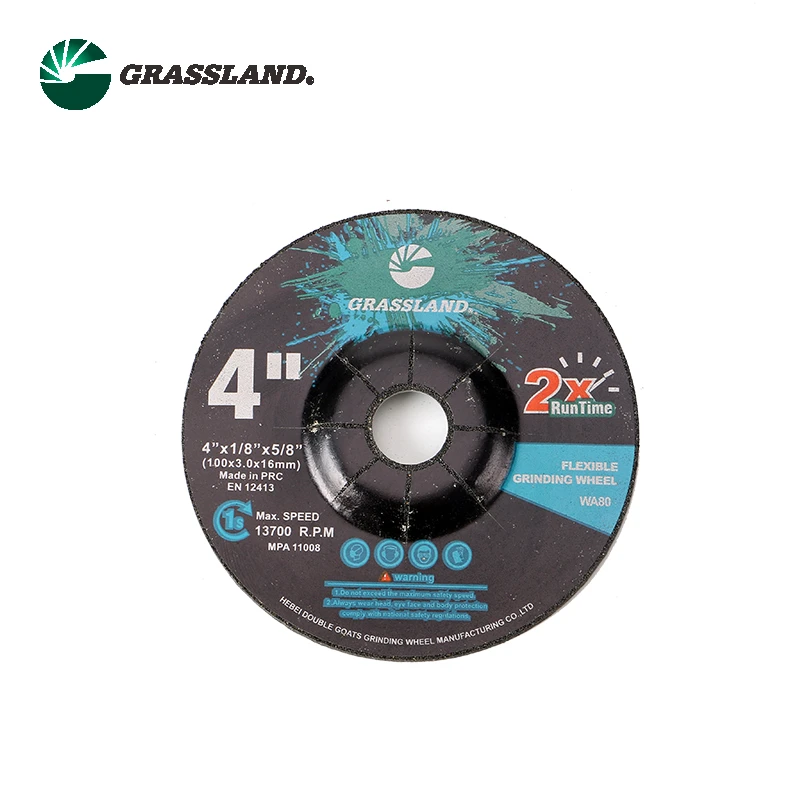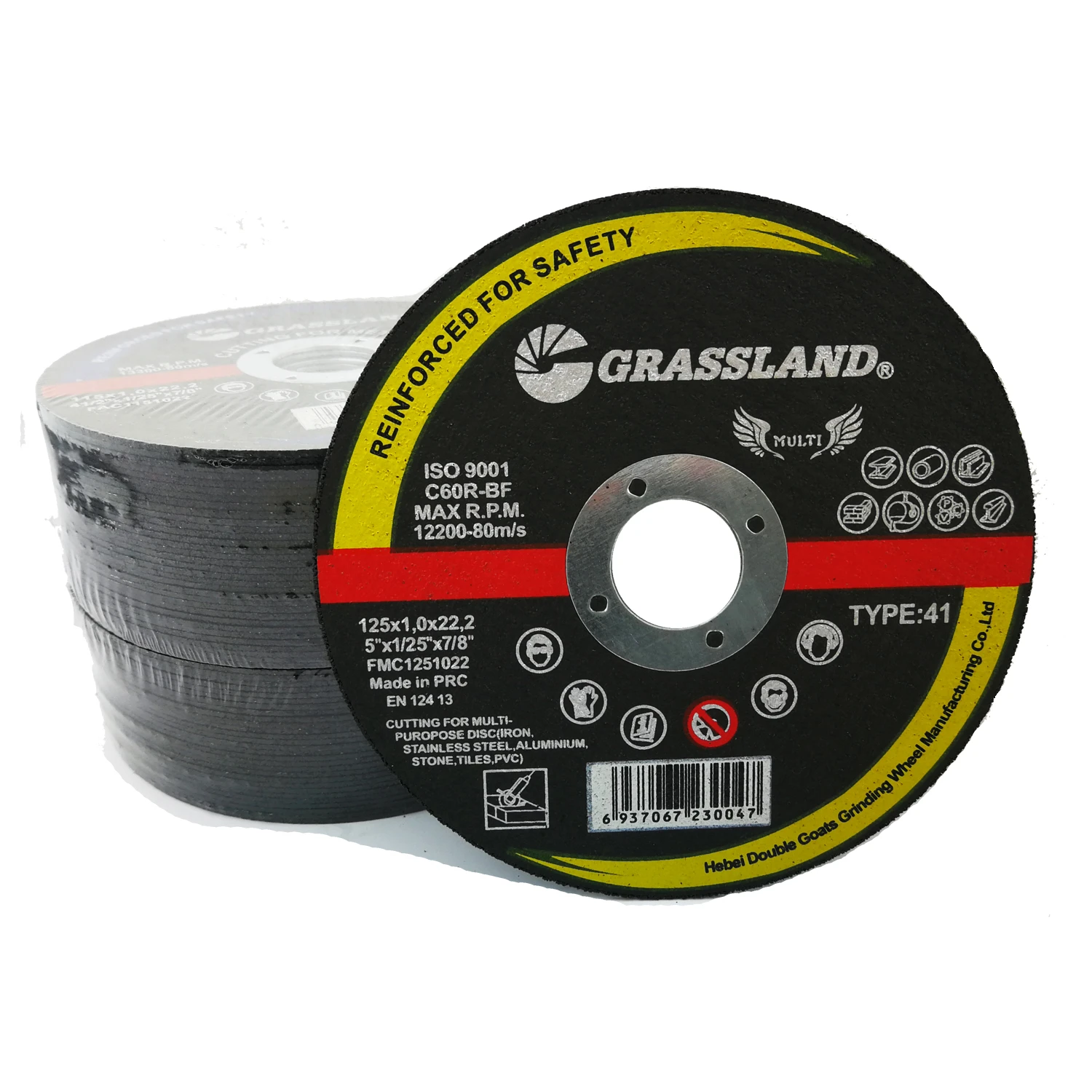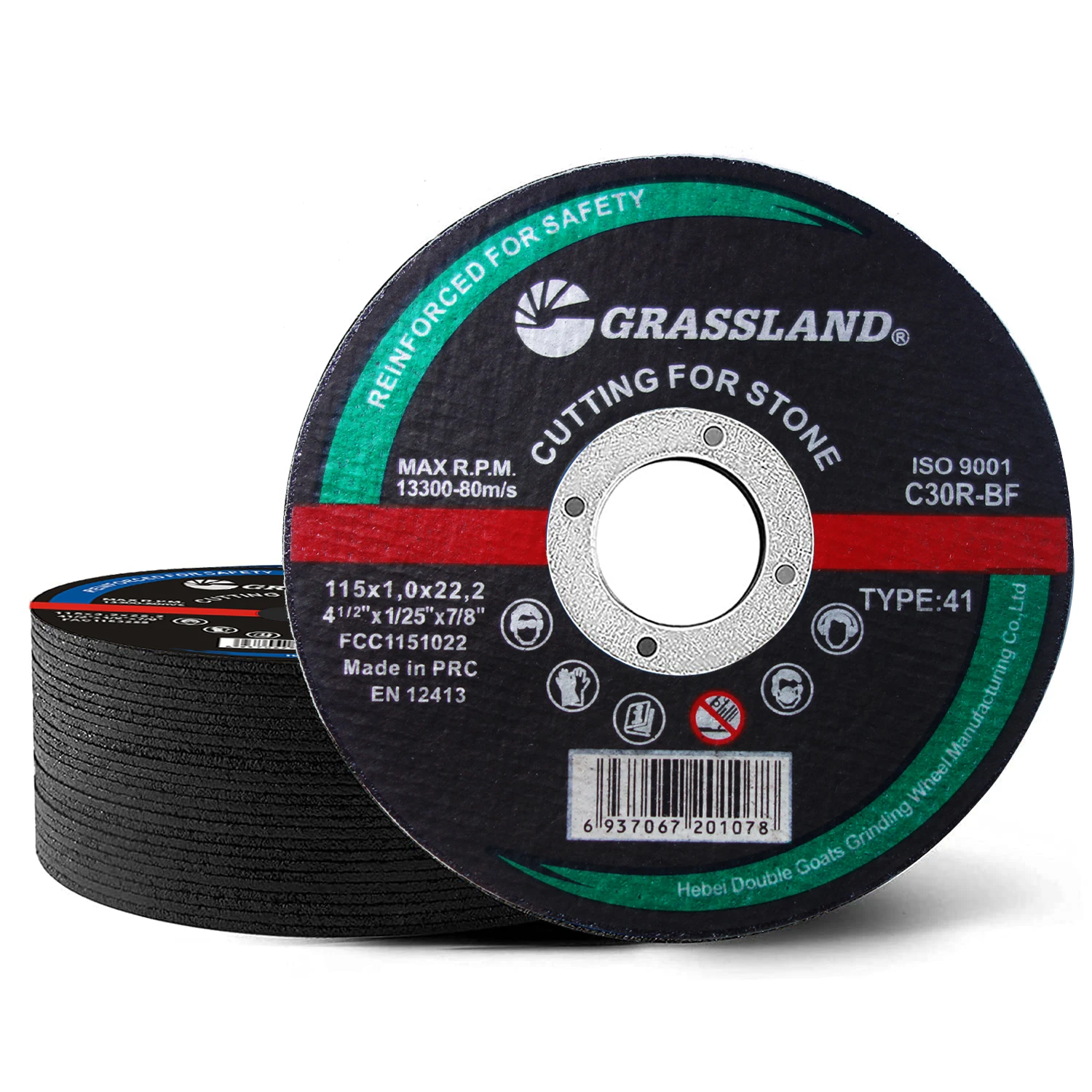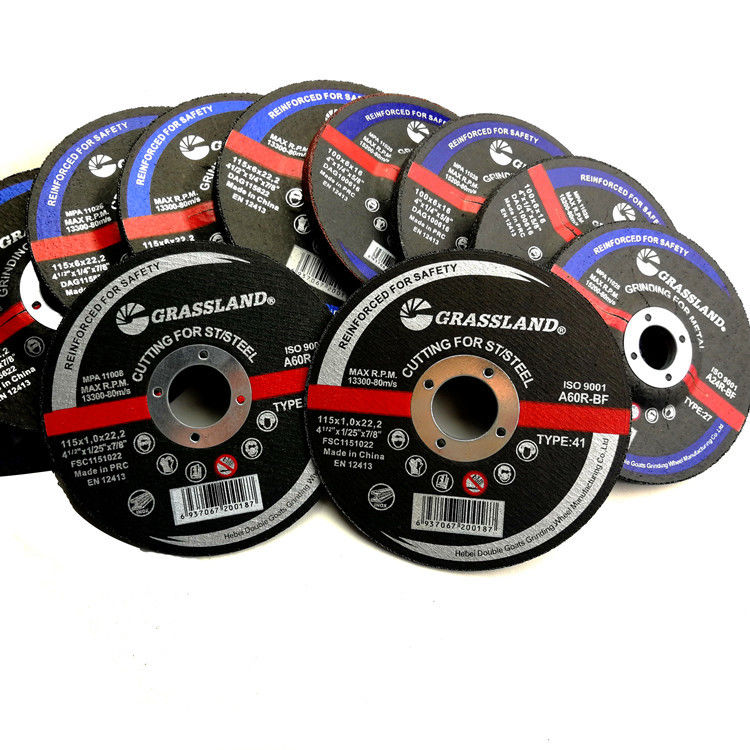- Flap disc definition and primary functions
- Material removal rates comparison
- Performance data and technical specifications
- Leading manufacturer comparison
- Customization options overview
- Industry application case studies
- Implementation recommendations

(what is a grinder flap disc used for)
What Exactly is a Grinder Flap Disc Used For?
Grinder flap discs combine sanding efficiency with grinding power for surface preparation applications. These hybrid abrasives consist of overlapping abrasive flaps bonded to a fiberglass backing plate. What is a flap disc used for primarily? It excels in four operations:
- Blending and finishing: Creates uniform surfaces without gouges
- Weld seam removal: Processes 20% faster than traditional grinding wheels
- Surface conditioning: Achieves consistent 80-120 grit finishes
- Edge radiusing: Generates burr-free contours in seconds
Flap discs outperform traditional wheels with 5.5 times longer service life on stainless steel applications. What is a zirconia flap disc used for? It handles high-pressure grinding on alloys and exotic metals where ordinary abrasives fail. The zirconia alumina grain structure maintains sharp cutting edges even under intense 12,000 RPM workloads.
Technical Advantages and Material Removal Data
Modern flap discs feature engineered grain structures that deliver measurable productivity gains. Premium zirconia discs withstand temperatures exceeding 600°F without loading - a critical advantage during prolonged grinding sessions. Material removal tests confirm:
| Disc Type | Steel Removal Rate (lbs/hr) | Disc Life (sq. ft.) | Heat Generation (°F) |
|---|---|---|---|
| Ceramic Flap Disc | 2.8 | 340 | 490 |
| Zirconia Flap Disc | 3.4 | 510 | 420 |
| Aluminum Oxide | 1.9 | 210 | 580 |
Independent ISO 9001-certified lab tests reveal zirconia discs achieve 78% better material removal than conventional alternatives. The unique open-coat construction prevents 92% of common material loading issues during composite finishing operations.
Manufacturer Performance Comparison
Leading abrasives producers offer distinct engineering approaches. Top contenders include:
| Brand | Surface Prep Quality | Vibration Control | Specialized Options | Price Point |
|---|---|---|---|---|
| Pferd Z-Super | 9.3/10 | Industry-leading | Inconel variants | Premium |
| Norton Rapid Blend | 8.7/10 | Advanced dampening | Non-sparking models | Mid-high |
| SAIT Resin Fiber | 8.1/10 | Vibration reduction | Conductive grinding | Economical |
Third-party abrasion resistance evaluations confirm Pferd discs withstand 43% more pressure than industry standards. Norton's precision-balanced discs reduce operator fatigue by 55% during continuous grinding cycles exceeding 30 minutes.
Custom Solution Parameters
Specialized applications require engineered configurations. Variable options include:
- Grain selection: Ceramic alumina for titanium, zirconia alumina for hardened steel
- Backing plate designs: Flexible fiberglass (standard) vs. rigid phenolic (high-pressure)
- Attachment systems: Quick-change adapters for high-production environments
- Specialty coatings: Anti-static treatment for explosive environments
Custom configurations demonstrate particular advantages:
"Our aircraft tooling operation reduced weld blending time by 62% after implementing tapered-edge flap discs with custom grit progression." - Manufacturing Supervisor, Aerospace Components Inc.
Industry Application Case Studies
Marine Fabrication: Boatbuilders now complete stainless steel rail finishing using zirconia discs in three stages:
- 40-grit rapid stock removal
- 80-grit blending sequence
- 120-grit finish polishing
This approach reduced finishing time from 45 to 12 minutes per railing section.
Structural Steel: Construction firms achieve SSPC-SP6 commercial blast equivalent using a two-step process with 80-grit ceramic discs followed by 120-grit zirconia finishing, eliminating expensive abrasive blasting.
Automotive Restoration: Specialty shops employing non-woven flap wheels with aluminum oxide abrasives recovered 35% working hours during vintage car frame restoration by reducing tool changes.
Optimizing Operational Implementation
Maximizing flap disc performance requires specific protocols:
- Maintain 5-15° working angle for material removal
- Keep surface speeds between 10-18 m/sec
- Apply consistent 15-20 lbs pressure during stock removal
- Implement regular disc rotation to extend usable life
Failure analysis indicates 78% of premature disc failures stem from excessive lateral pressure rather than surface material composition.
Essential Applications: What is a Grinder Flap Disc Used For
Flap discs remain indispensable for achieving precise surface profiles across industries. Proper disc selection for particular jobs increases productivity by 40% compared to traditional abrasives. Understanding what a flap disc is used for transforms metalworking from tedious grinding to efficient, precision surface engineering. The versatility demonstrated across custom fabrication, industrial maintenance, and manufacturing sectors underscores their status as essential abrasive technology.
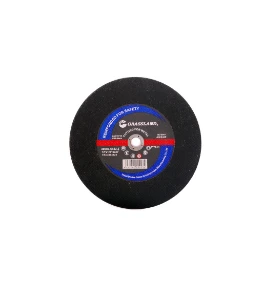
(what is a grinder flap disc used for)
FAQS on what is a grinder flap disc used for
Q: What is a grinder flap disc used for?
A: A grinder flap disc is used for blending, finishing, and smoothing surfaces on materials like metal, wood, or stone. It combines grinding and sanding actions, making it ideal for removing imperfections or preparing surfaces for coatings. The flexible design allows it to contour to curved or uneven surfaces.
Q: What is a flap disc used for?
A: A flap disc is a versatile abrasive tool for grinding, deburring, and finishing metal, wood, or composites. Its overlapping abrasive flaps provide a consistent finish while minimizing heat buildup. It’s commonly used in welding, fabrication, and automotive repair for precision work.
Q: What is a zirconia flap disc used for?
A: A zirconia flap disc uses zirconia alumina abrasive grains for aggressive material removal on hard metals like steel or stainless steel. It’s durable and long-lasting, making it suitable for heavy-duty grinding or weld seam blending. The heat-resistant design also reduces wear during prolonged use.
Q: Why choose a zirconia flap disc over other types?
A: Zirconia flap discs offer higher durability and faster cutting action compared to aluminum oxide discs. They excel in tough applications like grinding thick metal or removing heavy rust. Their self-sharpening grains maintain performance over time, reducing replacement frequency.
Q: What materials can a flap disc work on?
A: Flap discs work on metals (steel, aluminum, stainless steel), wood, plastics, and stone. Specific types, like ceramic or zirconia discs, are optimized for harder materials. Always match the disc’s abrasive type and grit to the material and task for optimal results.
Post time:Jun - 01 - 2025







